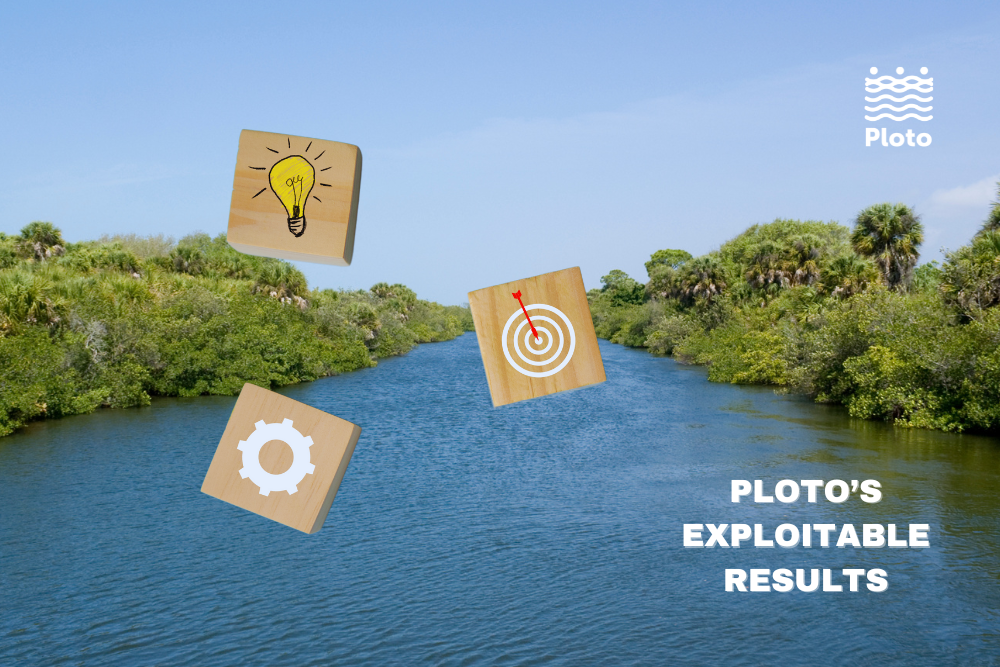It is a common practice among scientists to employ ground-based monitoring in order to gain information regarding meteorological and climate aspects and the related exposure risks, as this is expected to provide the best estimates. This approach may be suitable when a relatively narrow area is to be assessed or in cases where monitoring data have been shown to represent an extended area. Nevertheless, local measurements have typically a low level of spatial representativeness. This can be a challenging task in urban or industrial areas, since there can be significant variation in local meteorology due to the complex flow patterns caused by urban topography. Work performed in PLOTO Work Package 3 aims in developing an advanced methodology for the continuous update and enhancement of numerical modelling results based on in-situ measurements. The core of this method is based on a 3-D data assimilation protocol which supports fusion of data obtained from weather stations installed at a number of selected demonstration sites. More specifically, the data aggregated from the local sensor network and delivered through the monitoring system are at first meshed with the model-simulated data and, as a second step, analysed and fused by a fully interoperable data management platform. This process includes various aggregation, checking, synchronization, calibration and assimilation steps. In this way, local-scale atmospheric and climate effects which are usually not resolved by models or measurements alone, are explicitly introduced into a high-resolution Operational Mesoscale System (OMS). The system provides functionality for downscaling fields of temperature, relative humidity, precipitation, wind velocity and cloud cover to deliver a hourly nowcast of the main meteorological parameters. The dynamical core of the system consists of the mesoscale meteorological model MEMO and a data assimilation layer realized in a way that assures the proper transformation of real data into simulation parameters, feeding back the modelling engine and contributing to more accurate and dynamically updated predictions. The results of this application are expected to introduce a notable upgrade in the accuracy of the local assessment of wind, temperature, precipitation and other meteorological and climate risk-related parameters.
Written by Fotios Barmpas, George Tsegas and Eleftherios Chourdakis, Aristotle University of Thessaloniki (AUTH)




